
Since I’m deeply involved with the digital marketing industry, I’ve witnessed the evolution that online user identification has gone through over the years as well as the rise of ID alternative tools.
The post below goes over the purpose, functionality, and selection of various tools that allow you to alternate the identification process, as they are slowly taking over previous identifiers like cookies.
Learn how you can benefit from these solutions to stay on top of the ever-changing landscape of internet privacy and digital marketing.
The need for standardized ID tools in the world of web-based advertising is explained by multiple factors:
Verdict: Surfshark Alternative ID is a handy solution that allows me to hide my sensitive information when browsing the internet. It can be used to create a “secret” identity with a fake name, age, email, and address that I fill in when dealing with various forms and websites.
The most appealing part of Surfshark ONE is that it doesn’t deal with spam filters or anything of the sort. Instead, it simply transfers all the emails to my actual email address, ensuring I don’t miss anything relevant.
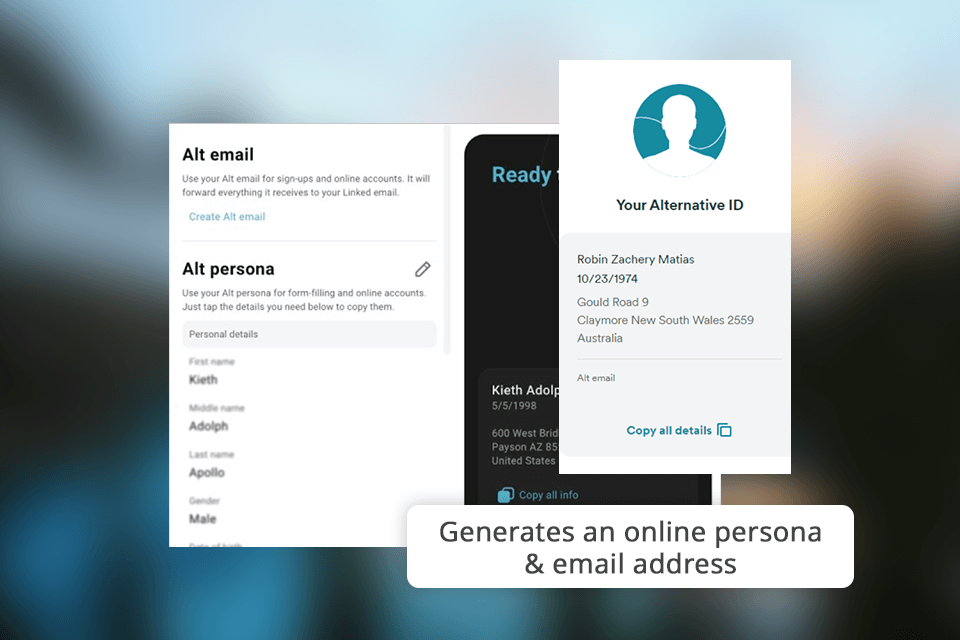
This tool helps ensure my email address and real name aren’t exposed to the hundreds of data brokering networks around the world. Not only do I not receive spam, but I can also rest assured my private information isn’t sold and shared all around the web.
Key features:
Price: starting at 2.49 euro/mo
Verdict: After testing LiveRamp's ID tool, I can guarantee its efficiency. You can view it as a "people-based map" that smartly pairs de-identified offline activities with online devices. I was particularly in awe of its huge US device database, which is continuously being expanded while adhering to all ethical standards.
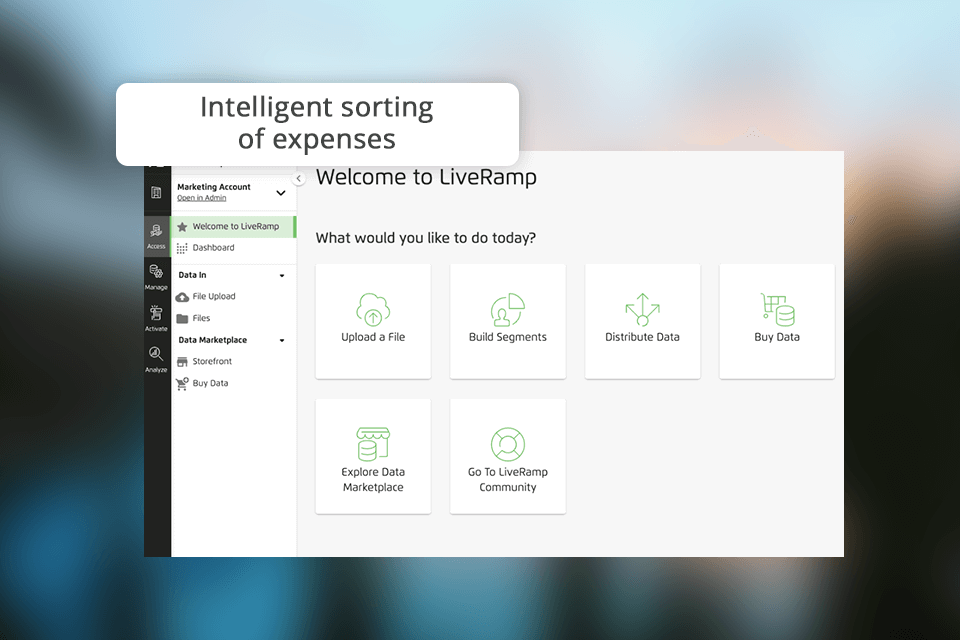
My personal experience has shown how impressively interoperable this tool is. I can conveniently integrate it with different ID systems, including ones from huge corporations like Google and Facebook, as well as various ISPs and marketplaces. After you establish an ID, it will seamlessly synchronize all cookies to provide complete DSP alignment.
Key features:
Price: by request
Verdict: After trying this alternative ID tool, I concluded that it’s a fantastic privacy-focused option that is perfect for the CTV, web, and mobile environments. It stands out thanks to its employment of first-party graphing tech, which establishes seamless connections between device identifiers, behaviors, and privacy settings without involving regular cookies.

I was greatly appreciative of the developers’ intent to comply with all privacy regulations. This privacy management software provides a universal opt-out feature, which allows me to ensure my privacy preferences are adhered to across all my devices.
Additionally, this tool offers a wide range of partnerships, boasting a network of over 90 platforms and collecting data from 180 providers around the world.
Key features:
Price: by request
Verdict: After trying out SharedID, I think it’s well-suited to be used as a centralized repository for first-party data. In contrast to competing ID alternative tools, SharedID restricts cross-website monitoring to the publisher's domain. As such, it’s a good fit for tech-savvy publishers with limited resources who want to share the collected information with DSPs.
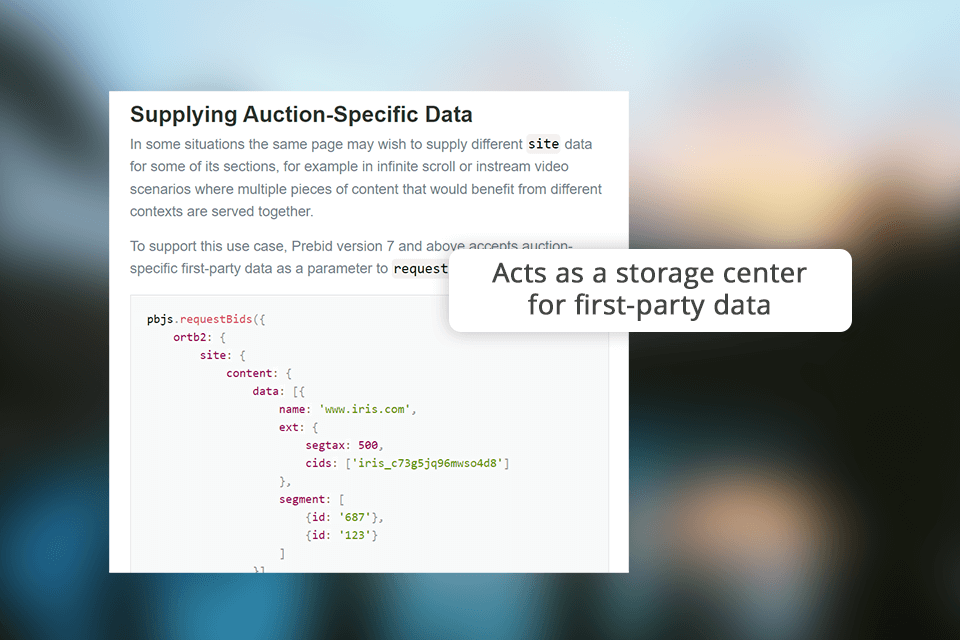
The identification process starts with the publishers embedding SharedID as a first-party value. After a user ID is created and filled with corresponding data, publishers offer access to bidders or employ the created ID as a source of self-declared first-party data that doesn’t require a third-party identifier to function.
Key features:
Price: from $6,000 annually
Verdict: After using UID 2.0, originally created by The Trade Desk and now co-run with Prebid.org, I was pleased with its functionality. By collecting user emails, this data management platform creates personalized advertisements, improving cross-website reach and optimizing advertisement targeting and analytics.
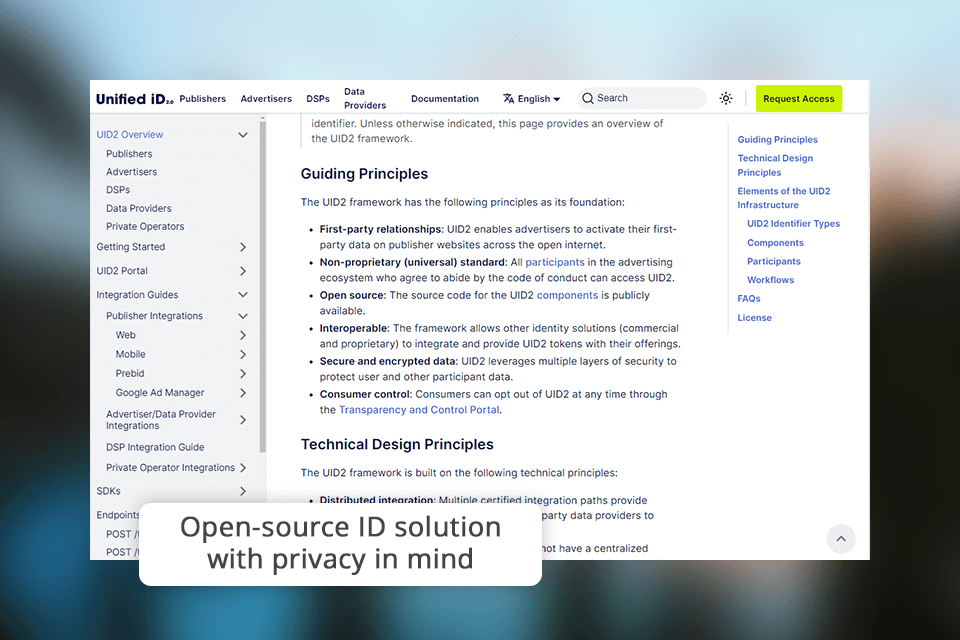
This collaboration is fruitful for both publishers and advertisers, as it facilitates more accurate ad placements and generates encrypted IDs for seamless matching in the bidding system. This tool has a decentralized structure that is a good fit for publishers and advertisers of all sizes, allowing them to benefit from encrypted ID matching while reaching an enormous database of user emails.
Key features:
Price: open source
Verdict: After trying ConnectID, I was positively stunned by its main feature - Yahoo's large user base that includes over 500 million unique accounts and a mind-blowing 200 billion daily cross-screen user intent actions. That being said, this tool is limited to Yahoo's DSP, providing audience activation and media evaluation across different channels.
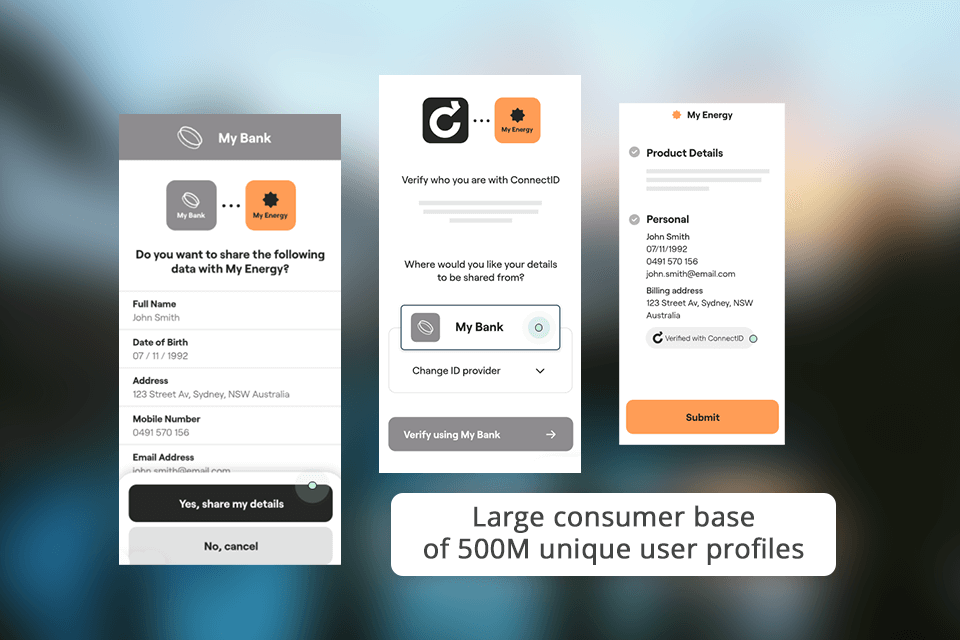
I think this tool is primarily aimed at publishers and advertisers with a lot of resources and direct user relationships, particularly those interested in utilizing outsourcing to simplify ID matching. It’s a cutting-edge solution, but only for those who have the resources needed to take full advantage of the provided functionality.
Key features:
Price: by request
Verdict: After using ID5 ID for a while, I concluded that it’s the perfect tool for publishers. It represents an encryption-backed first-party data ID, equipping publishers with a unique device ID that can be shared with partners and customers.
What helps this privacy tool for Windows 10 and other platforms stand out is its privacy-oriented backend.
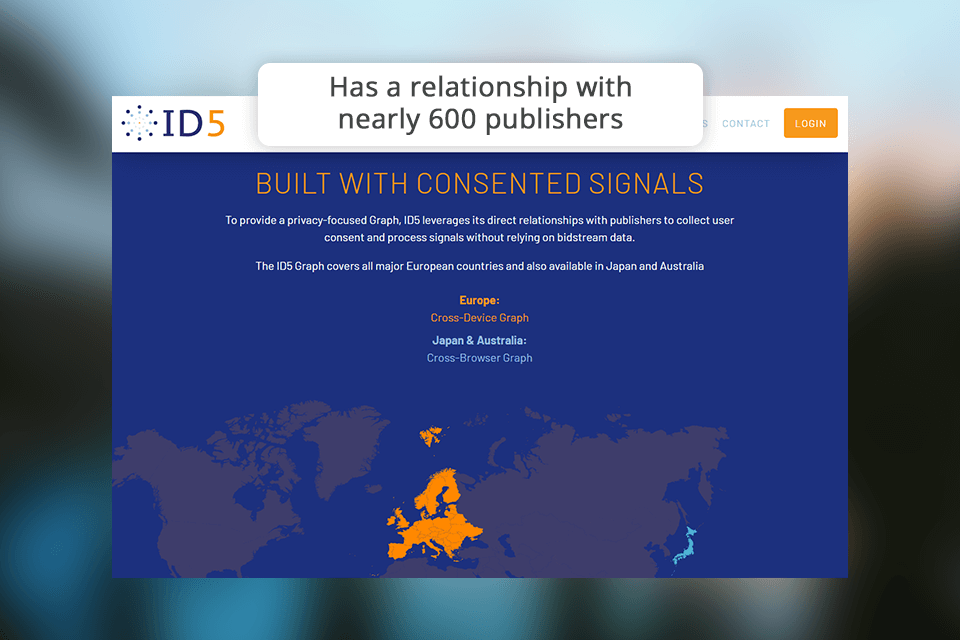
ID5 demands that all browsers and apps that utilize it need to openly disclose the performed data-gathering process to its users. Moreover, consumers have a right to opt out of the data collection and advantage of do-not-sell signals to adjust their preferences related to the functioning of ID5 on specific platforms.
I think this is a technologically advanced and ethically sound tool that is highly efficient at managing sensitive user information.
Key features:
Price: by request
Alternative ID databases can be used for storing different types of user identities, including passport and insurance information. Companies usually rely on identity records to find specific users.
Yes, such solutions are perfectly secure, as they are developed with privacy protection being one of the top priorities. Ensuring your sensitive information as well as email, phone number, and social security number don’t fall into the hands of malicious parties is beyond essential.
Yes, most featured tools are a great fit for targeted advertising. They employ cutting-edge algorithms and data analytics to provide personalized ads to appropriate user groups, usually without affecting user privacy.
Such solutions ordinarily rely on contextual targeting, device fingerprinting, and first-party data gathering instead of being completely dependent on cookies. As such, you can enjoy increased targeting precision without violating the user’s privacy preferences.
A lot of alternative ID solutions are known for being compliant with the rules established by GDPR and CCPA. They usually provide opt-in consent systems and data collection transparency to guarantee all legal requirements are met.
One of the biggest benefits of such tools is that they offer seamless performance across different devices, including PCs, laptops, smartphones, tablets, and even smart TVs. As such, you can establish efficient targeting and tracking systems across all popular platforms.
Despite their long list of strengths, alternative IDs also have several weaknesses, including restricted tracking functionality in certain cases, the risk of lower ad targeting accuracy compared to older methods, and the consistent struggle to adapt to ever-changing privacy regulations.